Sixty Years Of Exploration, Innovation, And Discovery!
Sixty Years of Exploration, Innovation, and Discovery!

Exactly sixty years ago today, we opened our doors for the first time. And since then, we have opened up a universe of discovery and innovation.
There are so many achievements to celebrate from the past six decades, there’s no way we can go through all of them. If you want to dive deeper into our history of exploration, check out NASA: 60 Years and Counting.
In the meantime, take a moonwalk down memory lane with us while we remember a few of our most important accomplishments from the past sixty years!

In 1958, President Eisenhower signed the National Aeronautics and Space Act, which effectively created our agency. We officially opened for business on October 1.
To learn more about the start of our space program, watch our video: How It All Began.

Alongside the U.S. Air Force, we implemented the X-15 hypersonic aircraft during the 1950s and 1960s to improve aircraft and spacecraft.
The X-15 is capable of speeds exceeding Mach 6 (4,500 mph) at altitudes of 67 miles, reaching the very edge of space.
Dubbed the “finest and most productive research aircraft ever seen,” the X-15 was officially retired on October 24, 1968. The information collected by the X-15 contributed to the development of the Mercury, Gemini, Apollo, and Space Shuttle programs.
To learn more about how we have revolutionized aeronautics, watch our Leading Edge of Flight video.

On July 20, 1969, Neil Armstrong and Buzz Aldrin became the first humans to walk on the moon. The crew of Apollo 11 had the distinction of completing the first return of soil and rock samples from beyond Earth.
Astronaut Gene Cernan, during Apollo 17, was the last person to have walked on the surface of the moon. (For now!)
The Lunar Roving Vehicle was a battery-powered rover that the astronauts used during the last three Apollo missions.
To learn more about other types of technology that we have either invented or improved, watch our video: Trailblazing Technology.

Our long-term Earth-observing satellite program began on July 23, 1972 with the launch of Landsat 1, the first in a long series (Landsat 9 is expected to launch in 2020!) We work directly with the U.S. Geological Survey to use Landsat to monitor and manage resources such as food, water, and forests.
Landsat data is one of many tools that help us observe in immense detail how our planet is changing. From algae blooms to melting glaciers to hurricane flooding, Landsat is there to help us understand our own planet better.
Off the Earth, for the Earth.
To learn more about how we contribute to the Earth sciences, watch our video: Home, Sweet Home.

Space Transportation System-1, or STS-1, was the first orbital spaceflight of our Space Shuttle program.
The first orbiter, Columbia, launched on April 12, 1981. Over the next thirty years, Challenger, Discovery, Atlantis, and Endeavour would be added to the space shuttle fleet.
Together, they flew 135 missions and carried 355 people into space using the first reusable spacecraft.

On January 16, 1978, we selected a class of 35 new astronauts–including the first women and African-American astronauts.
And on June 18, 1983, Sally Ride became the first American woman to enter space on board Challenger for STS-7.
To learn more about our astronauts, then and now, watch our Humans in Space video.

Everybody loves Hubble! The Hubble Space Telescope was launched into orbit on April 24, 1990, and has been blowing our minds ever since.
Hubble has not only captured stunning views of our distant stars and galaxies, but has also been there for once-in-a-lifetime cosmic events. For example, on January 6, 2010, Hubble captured what appeared to be a head-on collision between two asteroids–something no one has ever seen before.
In this image, Hubble captures the Carina Nebula illuminating a three-light-year tall pillar of gas and dust.
To learn more about how we have contributed to our understanding of the solar system and beyond, watch our video: What’s Out There?

Cooperation to build the International Space Station began in 1993 between the United States, Russia, Japan, and Canada.
The dream was fully realized on November 2, 2000, when Expedition 1 crew members boarded the station, signifying humanity’s permanent presence in space!
Although the orbiting lab was only a couple of modules then, it has grown tremendously since then!
To learn more about what’s happening on the orbiting outpost today, visit the Space Station page.

We have satellites in the sky, humans in orbit, and rovers on Mars. Very soon, we will be returning humankind to the Moon, and using it as a platform to travel to Mars and beyond.
And most importantly, we bring the universe to you.
What are your favorite NASA moments? We were only able to share a few of ours here, but if you want to learn about more important NASA milestones, check out 60 Moments in NASA History or our video, 60 Years in 60 Seconds.
Make sure to follow us on Tumblr for your regular dose of space: http://nasa.tumblr.com.
More Posts from Karlfelersii and Others


IF YOU WOUKD LIKE TO ORDER ONE. Our Venmo account is ChicoStatePsiChi. Please send $45 and put your name, size, email, phone and address in the message section. We are selling until 12/7. They will be passed/shipped out the week after that. Thanks for you support! https://www.instagram.com/p/Bq3EGHclj8m/?utm_source=ig_tumblr_share&igshid=n602n7es09fi
At age 23, Tina Fey was working at a YMCA. At age 23, Oprah was fired from her first reporting job. At age 24, Stephen King was working as a janitor and living in a trailer.
At age 27, Vincent Van Gogh failed as a missionary and decided to go to art school. At age 28, J.K. Rowling was a suicidal single parent living on welfare.
At age 28, Wayne Coyne ( from The Flaming Lips) was a fry cook. At age 30, Harrison Ford was a carpenter. At age 30, Martha Stewart was a stockbroker. At age 37, Ang Lee was a stay-at-home-dad working odd jobs. Julia Child released her first cookbook at age 39, and got her own cooking show at age 51. Vera Wang failed to make the Olympic figure skating team, didn’t get the Editor-in-Chief position at Vogue, and designed her first dress at age 40. Stan Lee didn’t release his first big comic book until he was 40. Alan Rickman gave up his graphic design career to pursue acting at age 42. Samuel L. Jackson didn’t get his first movie role until he was 46.
Morgan Freeman landed his first movie role at age 52. Kathryn Bigelow only reached international success when she made The Hurt Locker at age 57. Grandma Moses didn’t begin her painting career until age 76. Louise Bourgeois didn’t become a famous artist until she was 78. Whatever your dream is, it is not too late to achieve it. You aren’t a failure because you haven’t found fame and fortune by the age of 21. Hell, it’s okay if you don’t even know what your dream is yet. Even if you’re flipping burgers, waiting tables or answering phones today, you never know where you’ll end up tomorrow. Never tell yourself you’re too old to make it.
Never tell yourself you missed your chance.
Never tell yourself that you aren’t good enough.
You can do it. Whatever it is.
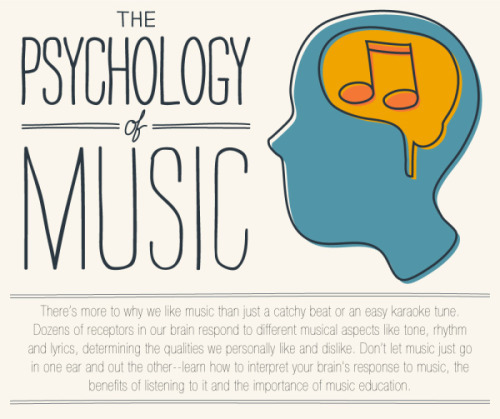
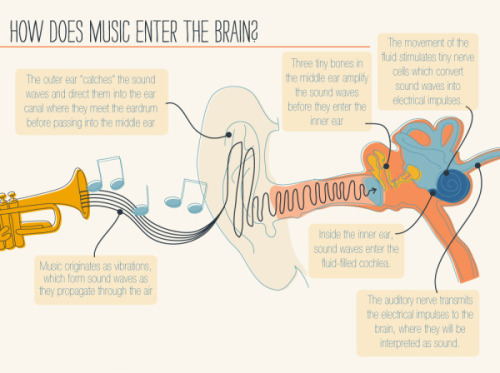
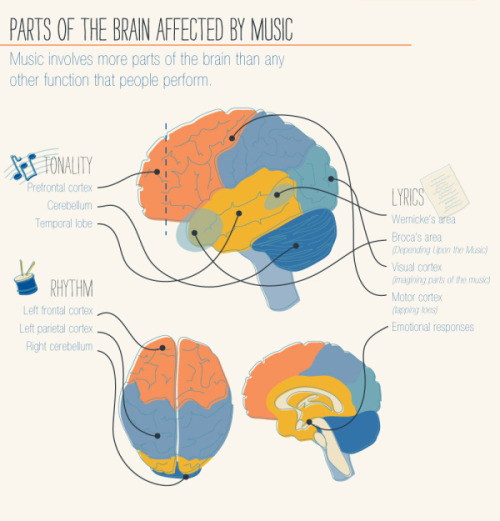
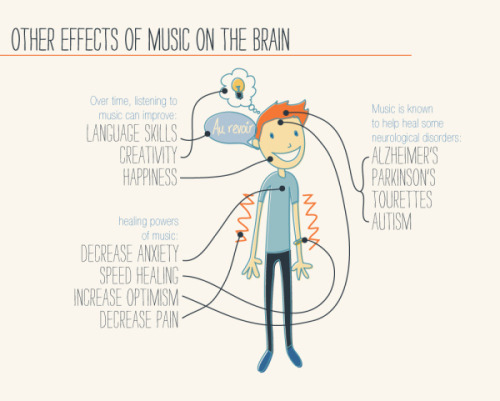
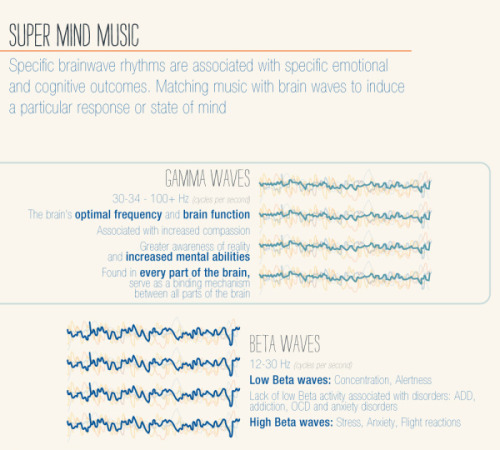
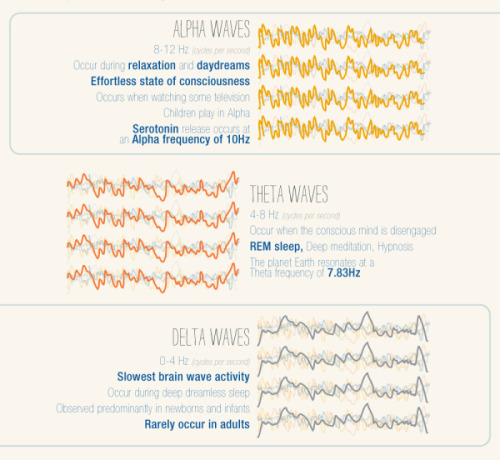
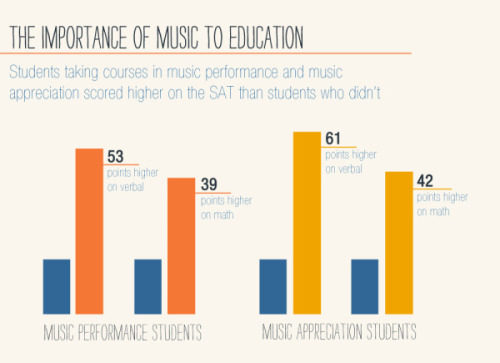
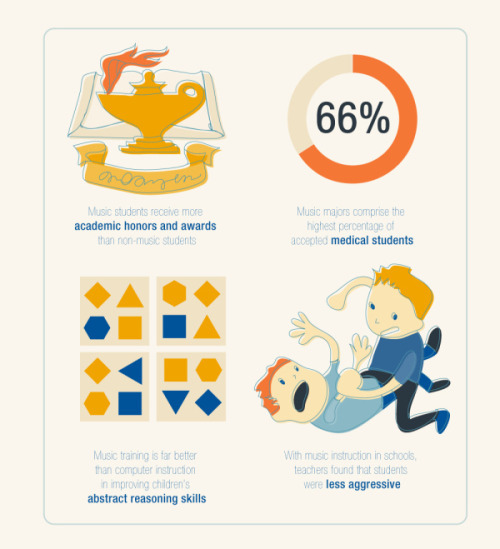
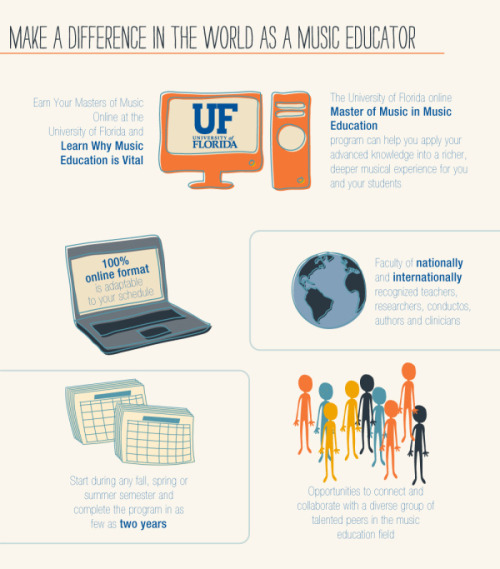

For more posts like these, go to @mypsychology
6 Reasons Why Smart People Cant Find Happiness

Happiness is the feeling of contentment and satisfaction that is craved by many but only achieved by some. Happiness is relative and subjective. But for many successful individuals, the presence of a great family life and a flourishing career is often not enough. On some occasions these do not prevent an smart individual from feeling a sense of loneliness, often sadness and melancholy.
Here are six psychological reasons why smart people have a harder time finding happiness.
1. Intelligent people over-analyze
Many individuals with high levels of intelligence often over think and analyze everything that occurs in their life and surroundings. While their ability to analyze things is a great asset, the constant analysis of everything often lead to frustrations especially when coming up with an undesired conclusion.
Being able to see through people’s intentions is a burden that most people don’t get to carry. Oftentimes, knowing how ugly the real world is like is……
Continue Reading Here
6 Ways to Survive Parties as an Introvert
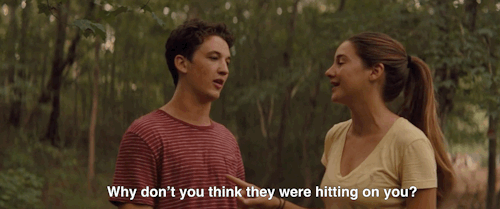
There’s a reason why introverts aren’t usually particularly fond of parties—too much stimulation and small talk, but not enough authenticity and quiet. And yet, like most things in life, sometimes parties are inevitable. So, why do we do it? Why do we spend long Friday nights out feeling lonelier than when we’re alone? Because despite hating the peer pressure we face making bad decisions, we hate not participating even more. We hate not knowing. But there are ways to make good decisions and enjoy parties, rather than seeing them as mere social obligations. Psych2Go shares with you 6 ways to survive parties as an introvert:
1. Know when it’s worth it to go out.
It’s okay to be selective about which parties to attend. In fact, it’s smart to choose what works best for you. You don’t have to go to every event you’re invited to. It’s similar to dating. If we spent all our time trying to date everyone, it would lose meaning. We’re not compatible with every person that we meet, and the same applies to parties. It’s okay to skip out…
Continue Reading Here
The French Netflix uploaded this on twitter…….
Why You Think You Are Not Good Enough AND How to Fix it
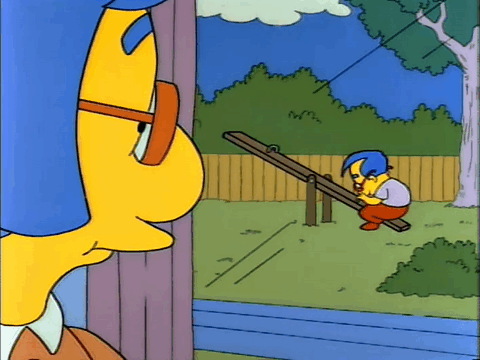
“If I asked you to name all the things you love, how long would it take to name yourself.” – Anon
There is no shortage of reasons why we sometimes feel like we flat out aren’t good enough. Maybe it’s low grades in school, or we think we are too thin, or too fat, or too young. Maybe our partner makes us feel inadequate, or our parents seem to believe we can’t do anything right.
Sometimes we do it to ourselves. We compare our home, or clothes, or cars to where someone else lives, or to what they wear, or to what they drive. If we believe their things are better than ours, then we tell ourselves we are less of a person.
Society doesn’t help us believe that we are unique, or that being unique is seriously “good enough.” There is constant pressure to be the best team, the best student, the best assistant, the best employee. We compare ourselves to models in magazines and hold ourselves to a certain standard of perfection that is as unrealistic as it is attainable.
It isn’t a Feeling. It’s a Thought.
When you don’t feel “good enough” it’s often because you are telling yourself you’re stupid, or ugly, or incapable. The thoughts you use to describe yourself make you unhappy. These thoughts make you feel depressed and worthless. According to Ali Miller, MFT, this is an important distinction. She believes that…
CONTINUE READING HERE
Making A.I. Systems that See the World as Humans Do
A Northwestern University team developed a new computational model that performs at human levels on a standard intelligence test. This work is an important step toward making artificial intelligence systems that see and understand the world as humans do.
“The model performs in the 75th percentile for American adults, making it better than average,” said Northwestern Engineering’s Ken Forbus. “The problems that are hard for people are also hard for the model, providing additional evidence that its operation is capturing some important properties of human cognition.”
The new computational model is built on CogSketch, an artificial intelligence platform previously developed in Forbus’ laboratory. The platform has the ability to solve visual problems and understand sketches in order to give immediate, interactive feedback. CogSketch also incorporates a computational model of analogy, based on Northwestern psychology professor Dedre Gentner’s structure-mapping theory. (Gentner received the 2016 David E. Rumelhart Prize for her work on this theory.)
Forbus, Walter P. Murphy Professor of Electrical Engineering and Computer Science at Northwestern’s McCormick School of Engineering, developed the model with Andrew Lovett, a former Northwestern postdoctoral researcher in psychology. Their research was published online this month in the journal Psychological Review.
The ability to solve complex visual problems is one of the hallmarks of human intelligence. Developing artificial intelligence systems that have this ability not only provides new evidence for the importance of symbolic representations and analogy in visual reasoning, but it could potentially shrink the gap between computer and human cognition.

(Image caption: An example question from the Raven’s Progressive Matrices standardized test. The test taker should choose answer D because the relationships between it and the other elements in the bottom row are most similar to the relationships between the elements of the top rows)
While Forbus and Lovett’s system can be used to model general visual problem-solving phenomena, they specifically tested it on Raven’s Progressive Matrices, a nonverbal standardized test that measures abstract reasoning. All of the test’s problems consist of a matrix with one image missing. The test taker is given six to eight choices with which to best complete the matrix. Forbus and Lovett’s computational model performed better than the average American.
“The Raven’s test is the best existing predictor of what psychologists call ‘fluid intelligence, or the general ability to think abstractly, reason, identify patterns, solve problems, and discern relationships,’” said Lovett, now a researcher at the US Naval Research Laboratory. “Our results suggest that the ability to flexibly use relational representations, comparing and reinterpreting them, is important for fluid intelligence.”
The ability to use and understand sophisticated relational representations is a key to higher-order cognition. Relational representations connect entities and ideas such as “the clock is above the door” or “pressure differences cause water to flow.” These types of comparisons are crucial for making and understanding analogies, which humans use to solve problems, weigh moral dilemmas, and describe the world around them.
“Most artificial intelligence research today concerning vision focuses on recognition, or labeling what is in a scene rather than reasoning about it,” Forbus said. “But recognition is only useful if it supports subsequent reasoning. Our research provides an important step toward understanding visual reasoning more broadly.”

Source: http://creativesomething.net/post/54997033332/why-youre-more-creative-at-night-and-how-to
-
 rubymayyys-blog liked this · 2 months ago
rubymayyys-blog liked this · 2 months ago -
 dutifullydecaffeinatedtaco liked this · 10 months ago
dutifullydecaffeinatedtaco liked this · 10 months ago -
 prinecetblatin liked this · 1 year ago
prinecetblatin liked this · 1 year ago -
 oihvgci liked this · 1 year ago
oihvgci liked this · 1 year ago -
 anaiscova liked this · 1 year ago
anaiscova liked this · 1 year ago -
 pleby64potato liked this · 1 year ago
pleby64potato liked this · 1 year ago -
 bigpoppadean liked this · 2 years ago
bigpoppadean liked this · 2 years ago -
 coksesvarr liked this · 3 years ago
coksesvarr liked this · 3 years ago -
 anna-kendrxck liked this · 3 years ago
anna-kendrxck liked this · 3 years ago -
 createdpetty liked this · 4 years ago
createdpetty liked this · 4 years ago -
 pink-catnip liked this · 4 years ago
pink-catnip liked this · 4 years ago -
 justatheatrekidwholovesspace liked this · 4 years ago
justatheatrekidwholovesspace liked this · 4 years ago -
 josefksapartment liked this · 4 years ago
josefksapartment liked this · 4 years ago
